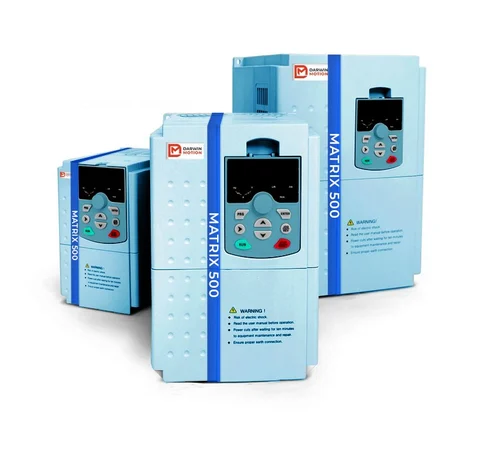Posted on 4th Oct 2024

Variable Frequency Drives (VFDs) are becoming increasingly popular in HVAC (Heating, Ventilation, and Air Conditioning) systems, particularly in Air Handling Units (AHUs). These devices play a crucial role in optimizing energy consumption, improving system performance, and enhancing overall comfort. In this article, we’ll explore what VFDs are, their benefits for AHUs, and considerations for implementation.
A Variable Frequency Drive (VFD) is an electronic device that controls the speed and torque of an electric motor by varying the frequency and voltage of its power supply. By adjusting the motor's speed to match the actual demand of the system, VFDs can significantly enhance energy efficiency and operational performance.
Air Handling Units are vital components of HVAC systems, responsible for regulating and circulating air within buildings. They filter, heat, cool, and humidify air before distributing it throughout spaces. Given their critical function, optimizing AHU performance is essential for maintaining indoor air quality and comfort while minimizing energy use.
One of the most significant advantages of using VFDs in AHUs is the substantial reduction in energy consumption. By adjusting the fan speed based on the actual load requirements, VFDs can decrease energy usage by up to 50% compared to constant-speed systems. This translates to lower utility bills and reduced environmental impact.
VFDs enable better control over airflow, allowing for more precise adjustments in response to changing conditions. This ensures consistent temperature and humidity levels throughout the space, enhancing occupant comfort and improving indoor air quality.
By eliminating the need for the motor to operate at full speed continuously, VFDs minimize mechanical stress on motors and associated components. This reduction in wear and tear leads to longer equipment lifespan and lower maintenance costs.
VFDs allow for the operation of fans at lower speeds when full capacity is not required. This not only reduces energy consumption but also decreases noise levels, creating a more pleasant environment for occupants.
With integrated controls, VFDs can communicate with building management systems, allowing for more sophisticated monitoring and management of AHU operations. This enables real-time adjustments based on occupancy levels, weather conditions, and other factors.
While the benefits of VFDs are clear, there are several considerations for successful implementation in AHUs:
Ensure that the existing motors are compatible with VFD technology. Not all motors are designed to work efficiently with VFDs, and some may require additional modifications.
Proper sizing of the VFD is crucial. An undersized VFD can lead to operational issues, while an oversized one may not operate efficiently. It’s essential to select a VFD that matches the specific requirements of the AHU.
Professional installation is vital to ensure optimal performance. Proper commissioning of the system after installation will help to identify any issues and verify that the VFD is functioning as intended.
Regular maintenance of VFDs and associated components is essential to ensure long-term reliability and performance. This includes checking connections, inspecting filters, and ensuring proper calibration.
Integrating VFDs into Air Handling Units represents a forward-thinking approach to energy management and system optimization in HVAC applications. By enhancing efficiency, improving indoor air quality, and reducing operational costs, VFD for AHU can significantly impact building performance. As the focus on sustainability and energy conservation continues to grow, the adoption of VFD technology in AHUs will likely become a standard practice in modern HVAC design.